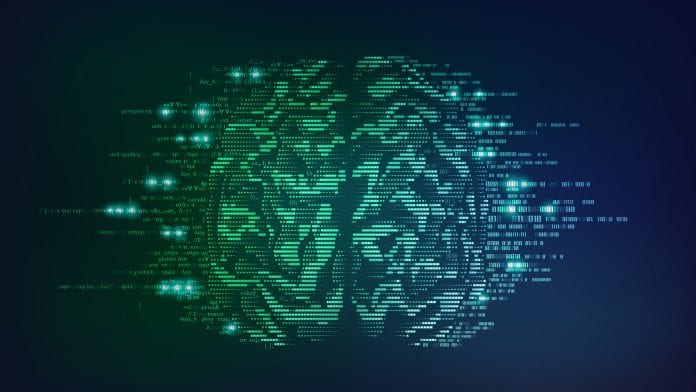
NUS researchers have made a breakthrough in the field of cognitive computational neuroscience, by discovering a key aspect of how the brain encodes short-term memories.
The researchers, working in the N.1 Institute for Health at the National University of Singapore (NUS), revealed how memories are coded in the brain when they discovered that a population of neurons in the brain’s frontal lobe contain stable short-term memory information within dynamically-changing neural activity.
This discovery may have far-reaching implications for understanding how organisms have the ability to perform multiple mental operations simultaneously, such as remembering, paying attention and making a decision, using a brain of limited size. The researchers are also looking at brains with dementia.
The results of this study were published in the journal Nature Communications.
How memories are coded in the brain
In the human brain, the frontal lobe plays an important role in processing short-term memories. Short-term memory has a low capacity to retain information.
Assistant Professor Libendisky said: “It can usually only hold six to eight items. Think for example about our ability to remember a phone number for a few seconds that uses short-term memory.”
Here, the NUS researchers studied how the frontal lobe represents short-term memory information by measuring the activity of many neurons.
Previous results from the researchers had shown that if a distraction was presented during the memory maintenance period, it changed the code used by frontal lobe neurons that encode the memory.
Assistant Professor Libedinsky said: “This was counterintuitive since the memory was stable, but the code changed. In this study, we solved this riddle.”
Employing tools derived from machine learning, the researchers showed that stable information can be found within the changing neural population code.
This means that the NUS team demonstrated that memory information can be read out from a population of neurons that morphs their code after a distractor is presented.
Next steps
This simple finding has broader implications, suggesting that a single neural population may contain multiple independent types of information that do not interfere with each other.
Libedinsky explained: “This may be an important property of organisms that display cognitive flexibility.”
The researchers are currently extending these studies to explore of how multiple brain regions interact with each other with the objective of transferring and processing different types of information.
This can be achieved by an interplay between making measurements in biological networks and simulating artificial neural networks that emulate their function. The researchers are also exploring these processes in unhealthy brains, such as those with dementia.
The study was led by Assistant Professor Camilo Libedinsky from the Department of Psychology at NUS, and Senior Lecturer Shih-Cheng Yen from the Innovation and Design Programme in the Faculty of Engineering at NUS.























Please furnish me with relevant details thanks immensely.